In the world of exotic pet care, few practices are as fascinating and essential as the chinchilla dust bath. These soft-furred rodents from the Andes mountains have evolved a unique grooming method that replaces water with fine volcanic ash. Unlike most pets that require water for cleaning, chinchillas would suffer serious health consequences if bathed in water. Their dense fur—with up to 60 hairs growing from a single follicle—requires dust bathing not just as a preference but as a biological necessity. For chinchilla owners, understanding and properly implementing this ritual becomes a cornerstone of responsible care, ensuring these delightful creatures maintain both physical health and psychological well-being.
The Natural Origins of Dust Bathing
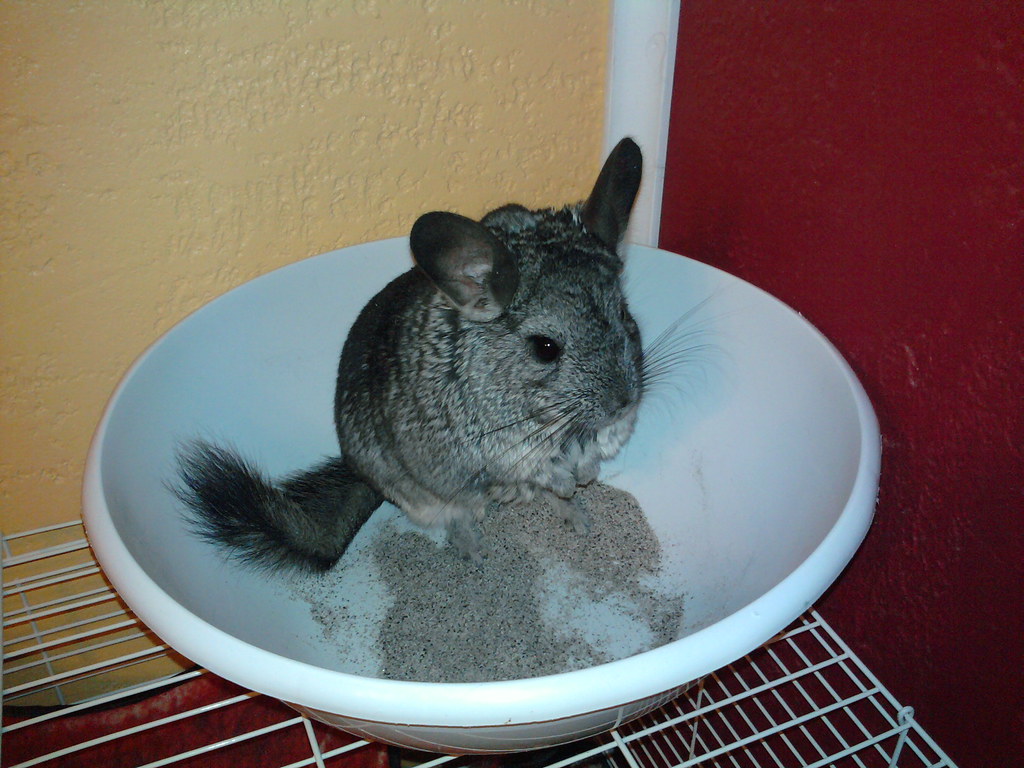
Chinchillas originate from the arid, mountainous regions of the Andes in South America, where natural volcanic ash deposits provide their wild counterparts with bathing material. In these harsh environments, water is scarce, and the evolution of dust bathing represents a remarkable adaptation to their native habitat. Wild chinchillas roll in these fine dust deposits to remove excess oils, dirt, and moisture from their incredibly dense fur. This natural behavior has been preserved in domesticated chinchillas, making it one of the few grooming behaviors that has remained unchanged despite generations of captive breeding. Understanding this evolutionary background helps explain why chinchillas are so instinctively drawn to dust baths and why they display such obvious enjoyment during the process.
Why Water Baths Are Dangerous for Chinchillas
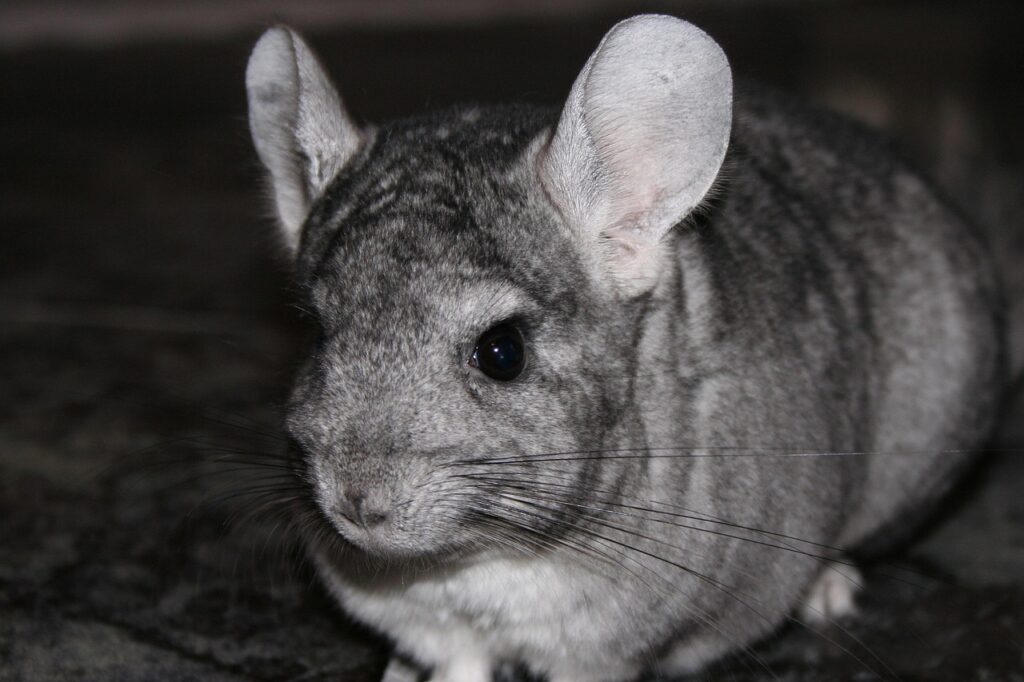
A chinchilla’s fur is extraordinarily dense, featuring up to 60 hairs growing from a single follicle compared to humans’ single hair per follicle. This dense coat creates a significant problem when exposed to water, as it prevents quick drying and can lead to dangerous conditions. When a chinchilla’s fur becomes wet, it can take hours or even days to dry completely, creating an ideal environment for fungal and bacterial growth close to the skin. This prolonged moisture retention can lead to respiratory infections, skin problems, and even hypothermia as the wet fur diminishes the animal’s ability to regulate body temperature. In extreme cases, water bathing can be fatal to chinchillas, making the distinction between appropriate dust bathing and inappropriate water bathing a critical one for owners to understand.
The Physical Benefits of Regular Dust Baths
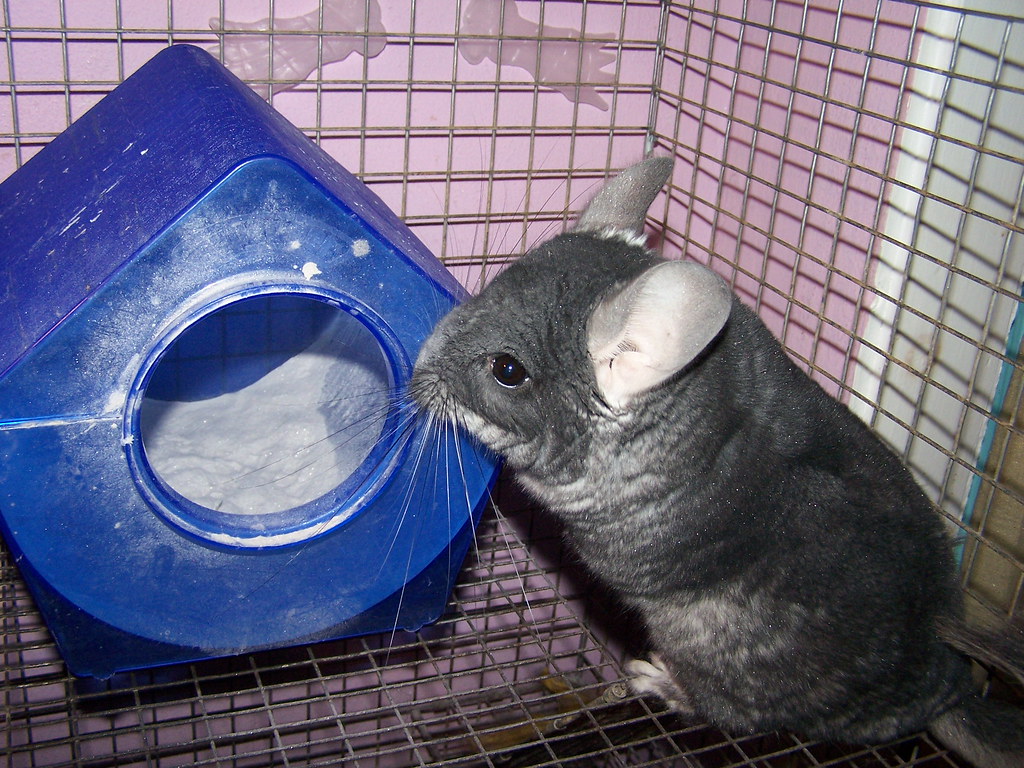
Regular dust bathing provides numerous health benefits for chinchillas beyond basic cleanliness. The fine particles of the bath dust work their way through the dense fur down to the skin, absorbing excess oils that would otherwise accumulate and potentially cause skin irritation or matting. This process helps prevent dangerous conditions like fur slip, where patches of fur detach from the skin due to poor maintenance. Additionally, the dust bath helps maintain the natural loft and insulating properties of the chinchilla’s coat, which is essential for proper temperature regulation. Routine dust bathing also helps deter external parasites like mites, which have difficulty establishing themselves in well-maintained fur. For chinchillas with proper dust bath access, these physical benefits translate directly to longer lifespans and fewer veterinary issues throughout their lives.
Psychological Importance of Dust Bathing
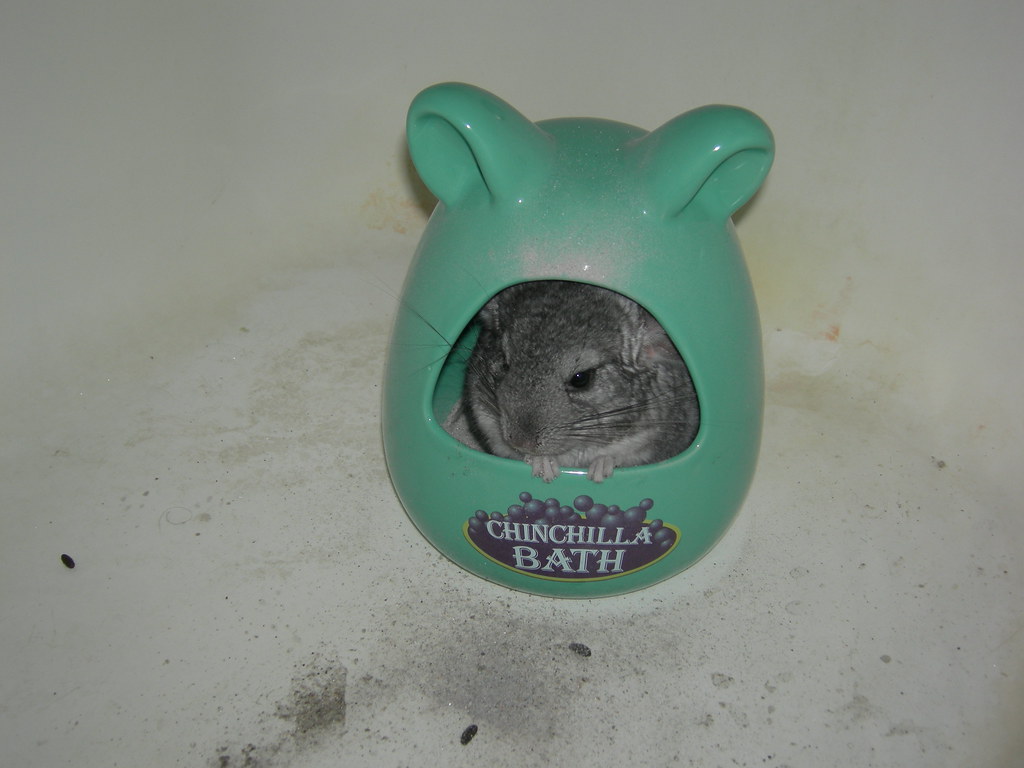
Dust bathing fulfills more than just physical needs for chinchillas; it satisfies deep psychological requirements as well. When chinchillas engage in dust bathing, they typically display behaviors that indicate pleasure and contentment, including excited jumping, rolling, and flipping in the dust. This ritual serves as a form of enrichment and stress relief, allowing chinchillas to express natural behaviors in captivity. Chinchillas deprived of regular dust baths often show signs of stress, including increased aggression, excessive fur chewing, pacing, or lethargy. The dust bath ritual also provides mental stimulation in an environment that might otherwise lack variety, contributing significantly to the chinchilla’s overall psychological well-being. Many owners report that dust bath time is when their chinchillas appear most animated and engaged, highlighting its importance beyond mere cleanliness.
Selecting the Right Dust Bath Material
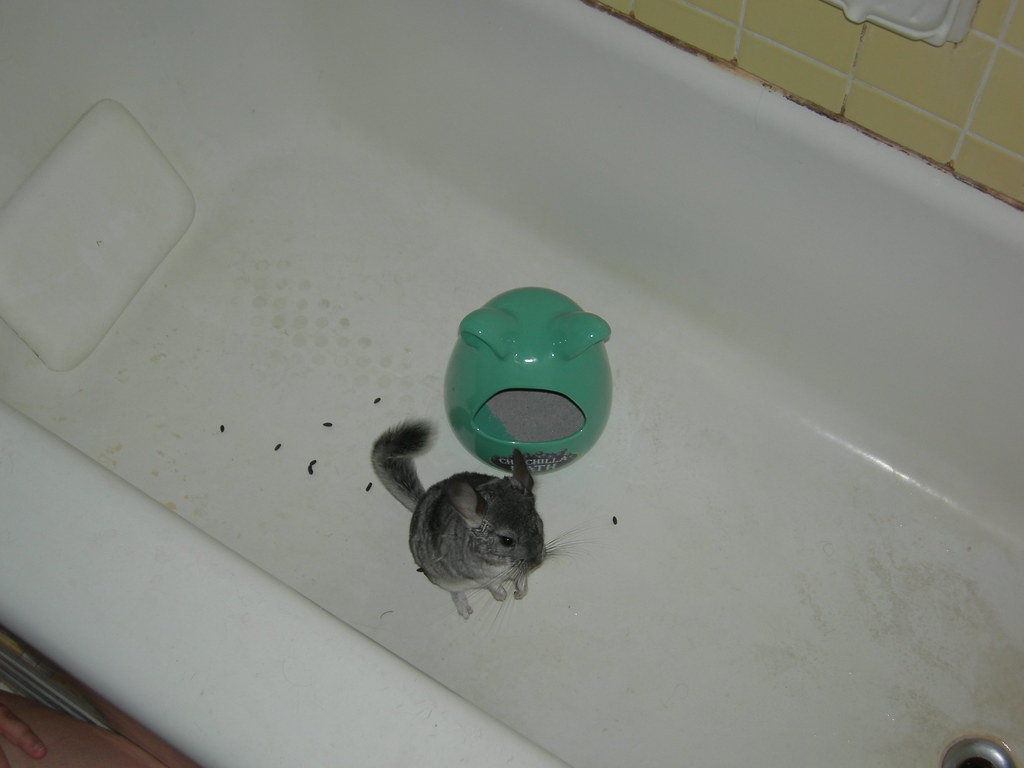
Not all chinchilla dust bath products are created equal, and selecting the appropriate material is crucial for your pet’s health. Authentic chinchilla dust is made from finely ground pumice or volcanic ash that has been specifically processed to remove sharp particles and contaminants. High-quality dust has a silky, powdery consistency without being too fine to cause respiratory issues or too coarse to clean effectively.
Products labeled specifically as “chinchilla dust” or “chinchilla bath sand” are generally preferred over alternatives like standard sand, which can be too abrasive and damage the chinchilla’s fur or skin. Some owners make the mistake of using dust bath alternatives like regular sand, talcum powder, or cornstarch, all of which can cause serious respiratory issues or fail to clean properly. When selecting a product, look for dust that’s been heat-treated to kill potential parasites and contaminants.
Dust Bath Container Options and Setup
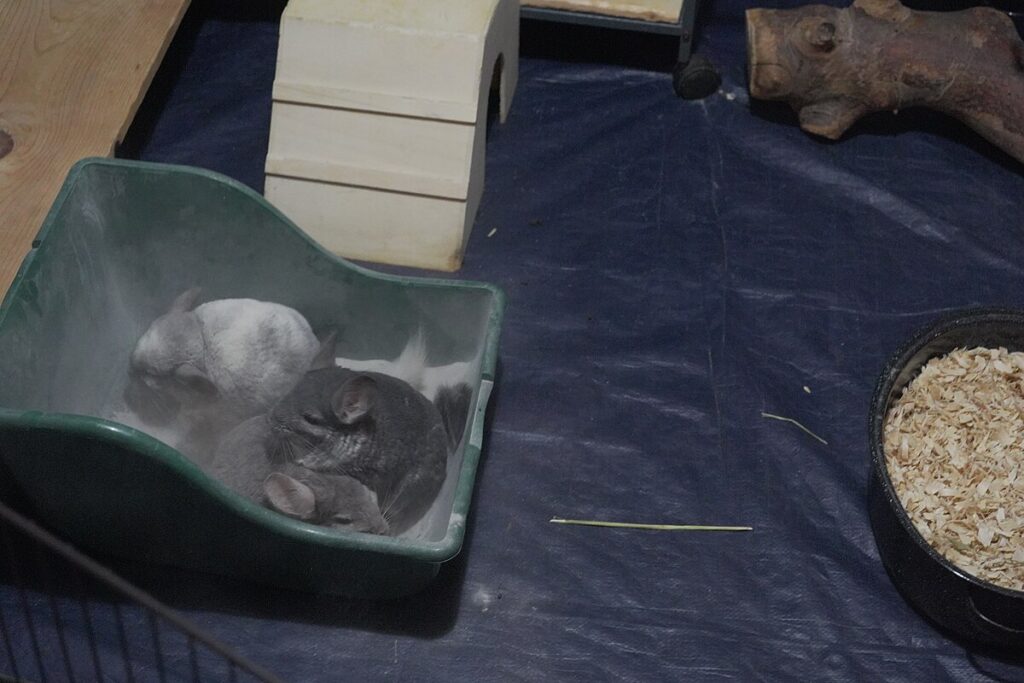
The container you select for your chinchilla’s dust bath plays a significant role in their bathing experience and dust containment. Ideal dust bath containers are at least 10-12 inches in diameter and have sides tall enough (minimum 5 inches) to prevent excessive dust from being kicked out during the chinchilla’s enthusiastic rolling. Many owners prefer containers made of heavy ceramic, glass, or plastic that won’t tip over during use.
Special chinchilla bath houses are available commercially, featuring entrance holes and enclosed designs that help contain the dust while providing the security many chinchillas prefer while bathing. The bath container should be placed in a corner of the cage away from food, water, and bedding areas to minimize dust contamination of these essential resources. Some owners place the dust bath on a small tray or mat to collect scattered dust, making cleanup easier and reducing waste.
Establishing an Optimal Dust Bath Schedule

Finding the right frequency for dust baths requires balancing cleanliness with skin health considerations. Most chinchillas benefit from dust bath access 2-3 times per week for about 10-15 minutes per session, though this can vary based on individual needs and environmental conditions. Chinchillas living in humid environments may require more frequent dust baths to maintain proper coat condition, while those in very dry climates might need fewer to prevent their skin from becoming too dry.
During periods of heavy shedding or seasonal coat changes, increasing bath frequency slightly can help remove loose fur and maintain coat quality. It’s important to monitor your chinchilla’s skin and fur condition to adjust the schedule accordingly, looking for signs of either excessive oiliness (indicating too infrequent bathing) or dry, flaky skin (suggesting too frequent bathing). Establishing a consistent schedule helps your chinchilla develop a routine and reduces anxiety around bath time.
Signs Your Chinchilla Needs a Dust Bath
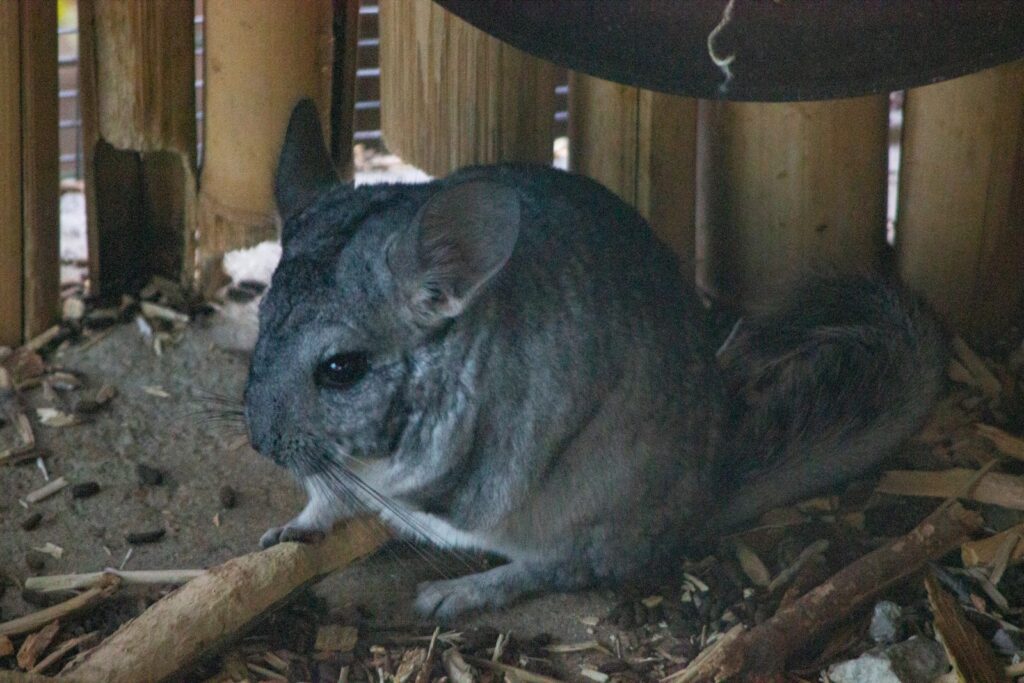
Recognizing when your chinchilla requires a dust bath helps maintain optimal hygiene and prevents potential health issues. A chinchilla overdue for a dust bath often displays a slightly greasy or clumped appearance to their fur, particularly noticeable around the belly, chin, and behind the ears. You might observe your pet attempting to self-clean more frequently or engaging in excessive scratching as oils build up on the skin.
Some chinchillas will repeatedly rub themselves against cage surfaces in an attempt to remove excess oils when a dust bath isn’t available. Behavioral changes like increased irritability or decreased activity can also signal that your chinchilla is uncomfortable due to an unclean coat. During handling, you might notice that the fur feels less soft and fluffy than usual, or that it doesn’t spring back into place when gently pressed.
Monitoring and Supervising Bath Time

While dust baths are natural for chinchillas, responsible ownership includes proper supervision during bath time. Observing your chinchilla during dust baths allows you to ensure they’re using the bath correctly and not experiencing any issues. During supervision, watch for signs of respiratory distress like sneezing fits or labored breathing, which could indicate dust that’s too fine or contaminated. Limiting bath time to 10-15 minutes prevents over-bathing, which can strip too much natural oil from the fur and lead to dry skin problems.
Supervision also gives you the opportunity to remove the bath before the chinchilla urinates or defecates in it, extending the life of your dust. Many owners use bath time as an opportunity for bonding and observation, as chinchillas are typically at their most active and playful during this enjoyable activity.
Maintaining and Reusing Dust Bath Material
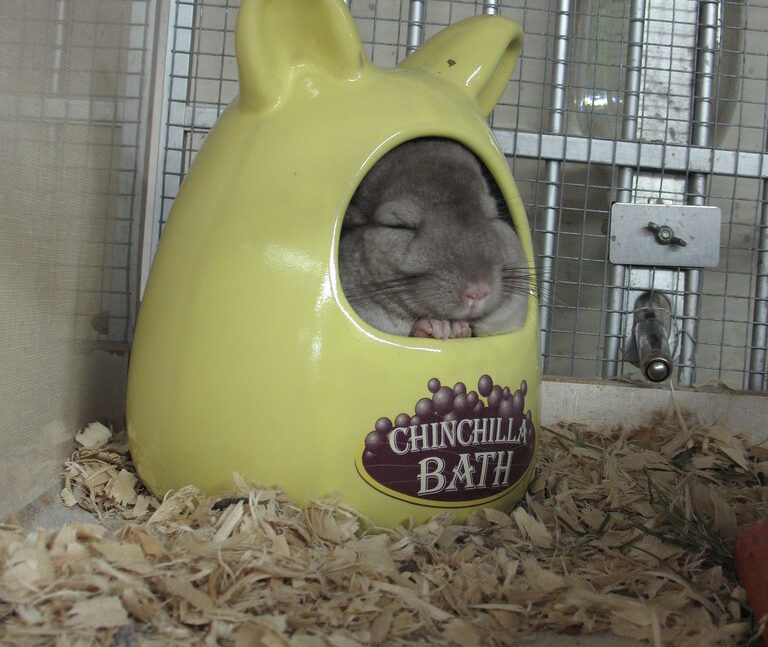
Proper maintenance of chinchilla dust extends its usability and ensures it remains safe for your pet. After each bath session, sift the dust through a fine-mesh strainer to remove fur, debris, and potential fecal matter that may have been deposited during use. Store used dust in a sealed, moisture-proof container between uses to prevent humidity absorption and contamination. Most chinchilla dust can be reused multiple times if properly maintained, though it should be replaced entirely once it begins to appear discolored, clumpy, or develops an odor. A good practice is to top off the dust with fresh material every few uses to maintain proper volume and effectiveness. Some owners use a two-container rotation system, where one batch of dust is allowed to “rest” and dry out completely between uses while another is in active rotation.
Common Dust Bath Problems and Solutions
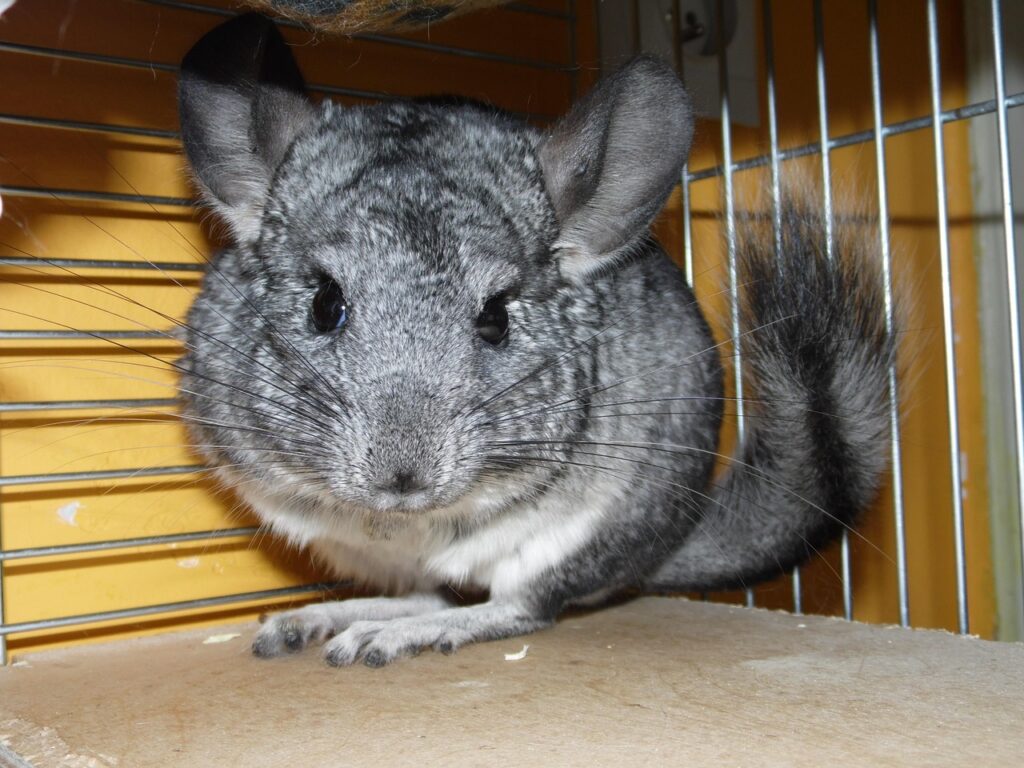
Even with proper setup, chinchilla owners sometimes encounter issues with the dust bath routine that require troubleshooting. If your chinchilla seems reluctant to use their dust bath, try offering it at different times of day, as many chinchillas prefer bathing during their active evening hours. For chinchillas that flip the bath container, consider switching to a heavier ceramic model or placing it against a cage wall for stability.
Excessive dust scatter can be addressed by using an enclosed bath house or placing a fine-mesh barrier around the bath area. Some chinchillas develop a habit of urinating in their dust bath, which can be discouraged by removing the bath immediately after the chinchilla finishes bathing rather than leaving it in the cage. If your chinchilla shows signs of respiratory distress during dust baths, try a different brand of dust that may be less fine or contains fewer dusty particles.
Special Considerations for Young, Elderly, or Ill Chinchillas
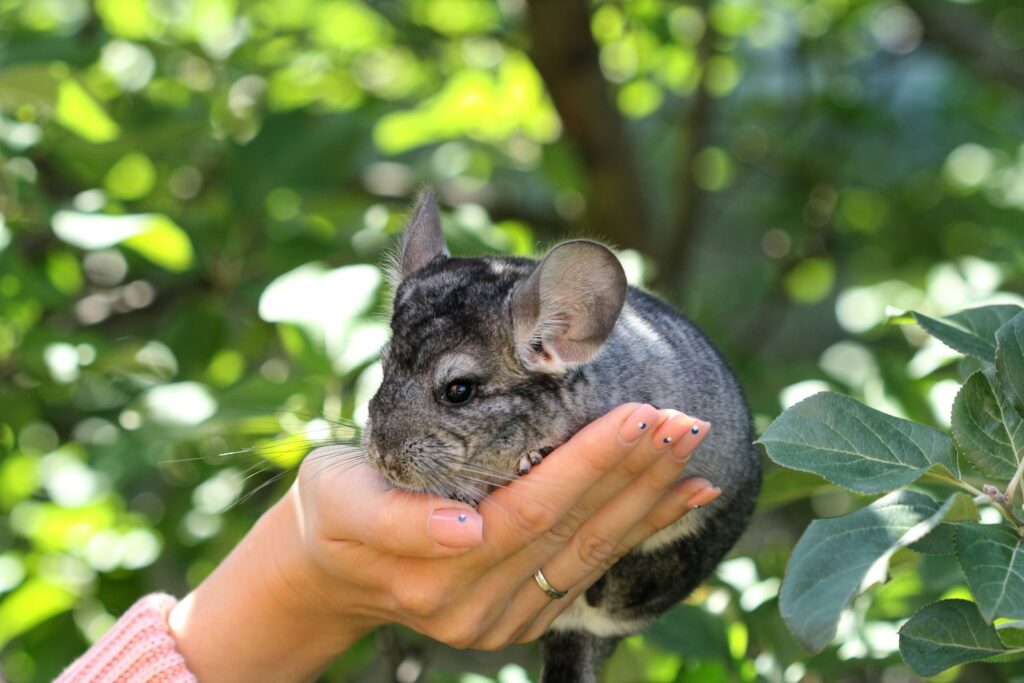
Different life stages and health conditions may require adjustments to the standard dust bath routine. Baby chinchillas under three months old should have more limited dust bath access—typically once a week for 5-10 minutes—as their skin produces less oil and can dry out more easily than adults. Elderly chinchillas often benefit from slightly more frequent but shorter dust baths, as their grooming abilities may decline with age.
For chinchillas with respiratory conditions, consult with an exotic veterinarian about potential modifications, such as using slightly dampened dust (never wet) or specially formulated low-dust alternatives that won’t exacerbate breathing difficulties. Chinchillas recovering from surgery or illness should have dust baths temporarily suspended until healing is complete, as the dust can potentially contaminate wounds or stress an already compromised immune system. Once recovery is complete, gradually reintroduce dust bathing starting with shorter sessions before returning to the normal schedule.
Integrating Dust Baths Into Overall Chinchilla Care
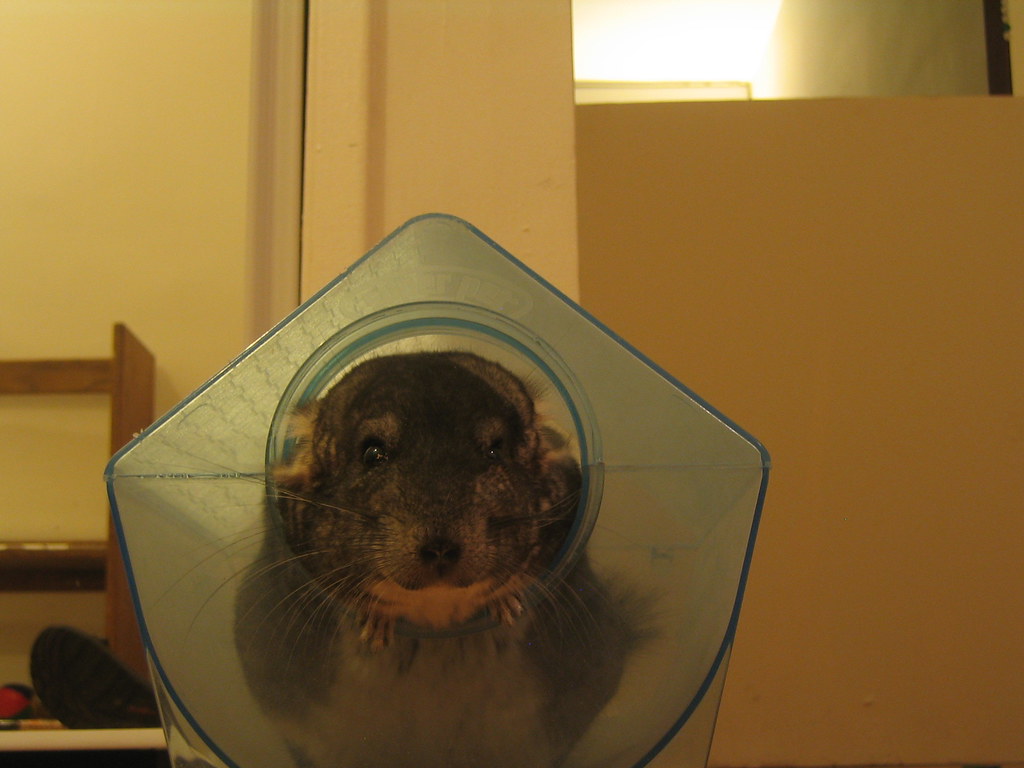
Dust bathing should be viewed as one component of a comprehensive chinchilla care regimen. Proper dust bath implementation works in concert with appropriate cage cleaning, high-quality diet, adequate exercise, and regular health monitoring to ensure your chinchilla thrives. Consider scheduling dust baths during out-of-cage playtime to combine exercise with grooming, allowing your pet to enjoy both activities simultaneously in a controlled environment.
Maintain observation notes about your chinchilla’s bathing habits, preferences, and fur condition to establish patterns and identify potential health issues early. Many experienced owners develop seasonal dust bath schedules, adjusting frequency based on environmental humidity changes throughout the year. Remember that while dust baths are essential, they complement rather than replace other aspects of care, including regular veterinary check-ups with an exotic pet specialist familiar with chinchilla health needs.
Dust bathing represents far more than a cute quirk of chinchilla ownership—it’s a fundamental aspect of their physical health and psychological well-being. By understanding the evolutionary basis for this behavior and implementing proper dust bath practices, chinchilla owners provide their pets with an essential connection to their natural heritage. The joy a chinchilla displays during a proper dust bath, with their enthusiastic rolling, flipping, and jumping, offers a window into their wild ancestors’ behaviors while simultaneously strengthening the bond between pet and caregiver. As with many aspects of exotic pet care, respecting and accommodating these species-specific needs not only ensures better health outcomes but also honors the unique nature of these remarkable animals we’ve welcomed into our homes.

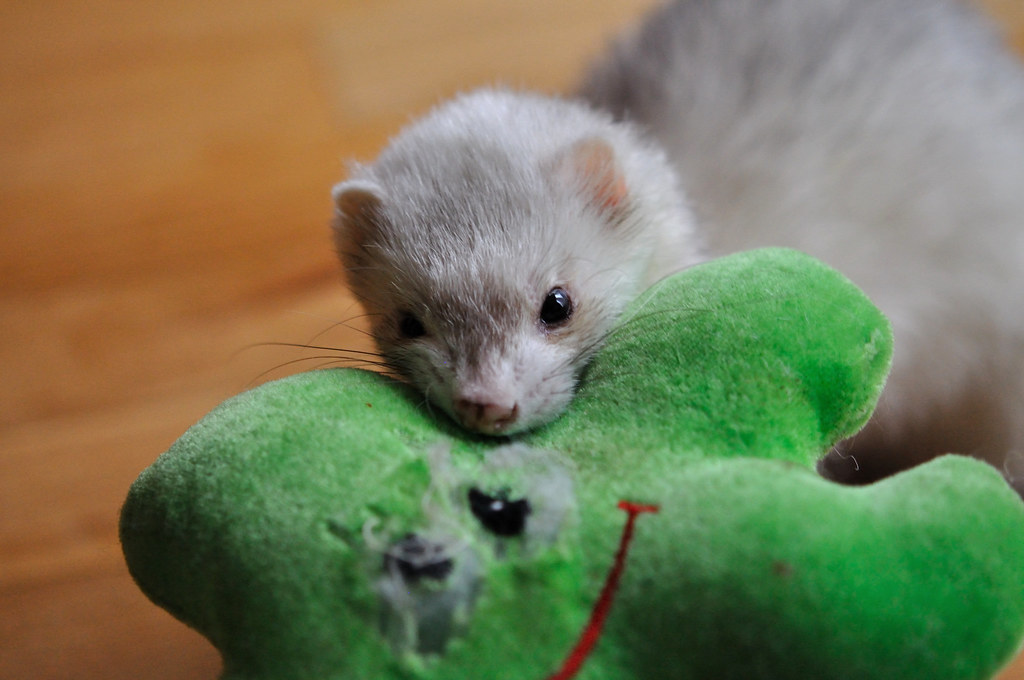
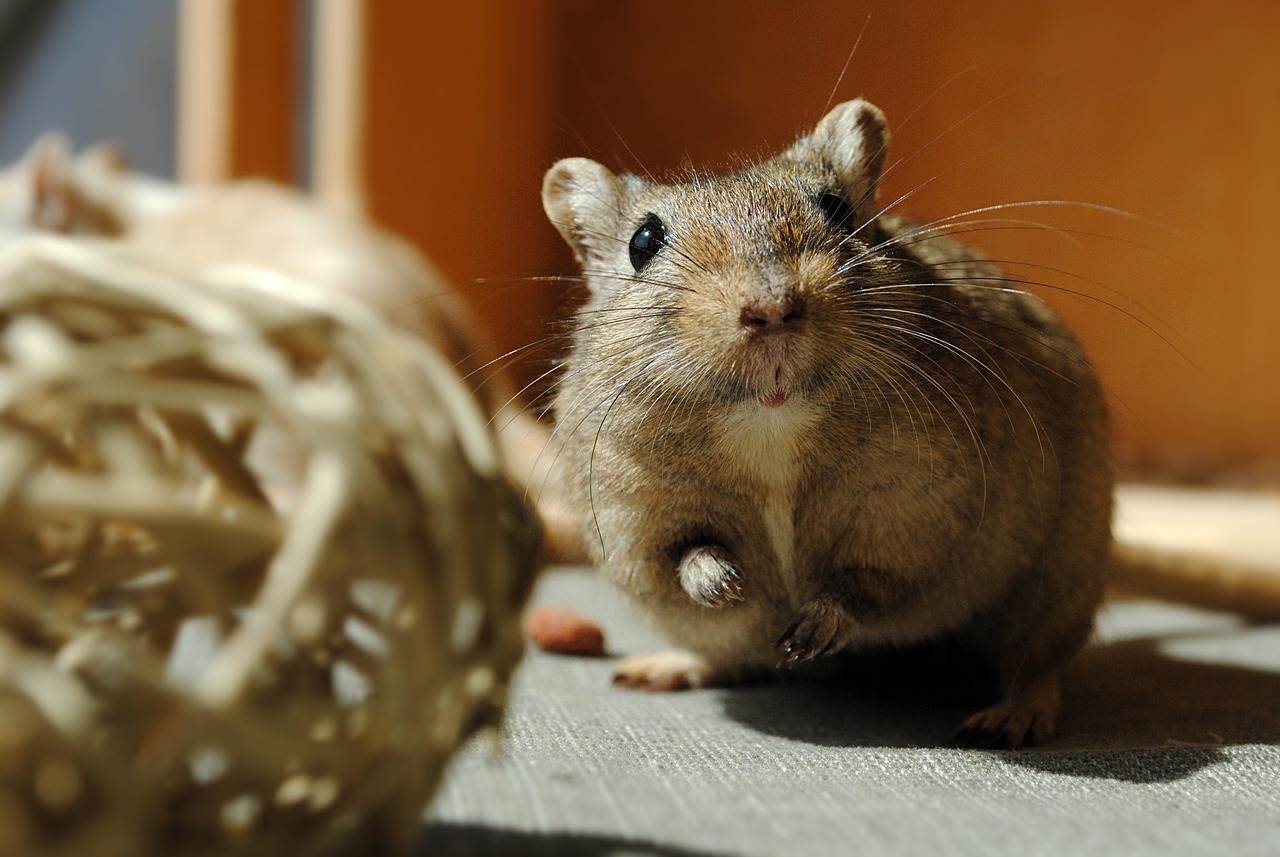
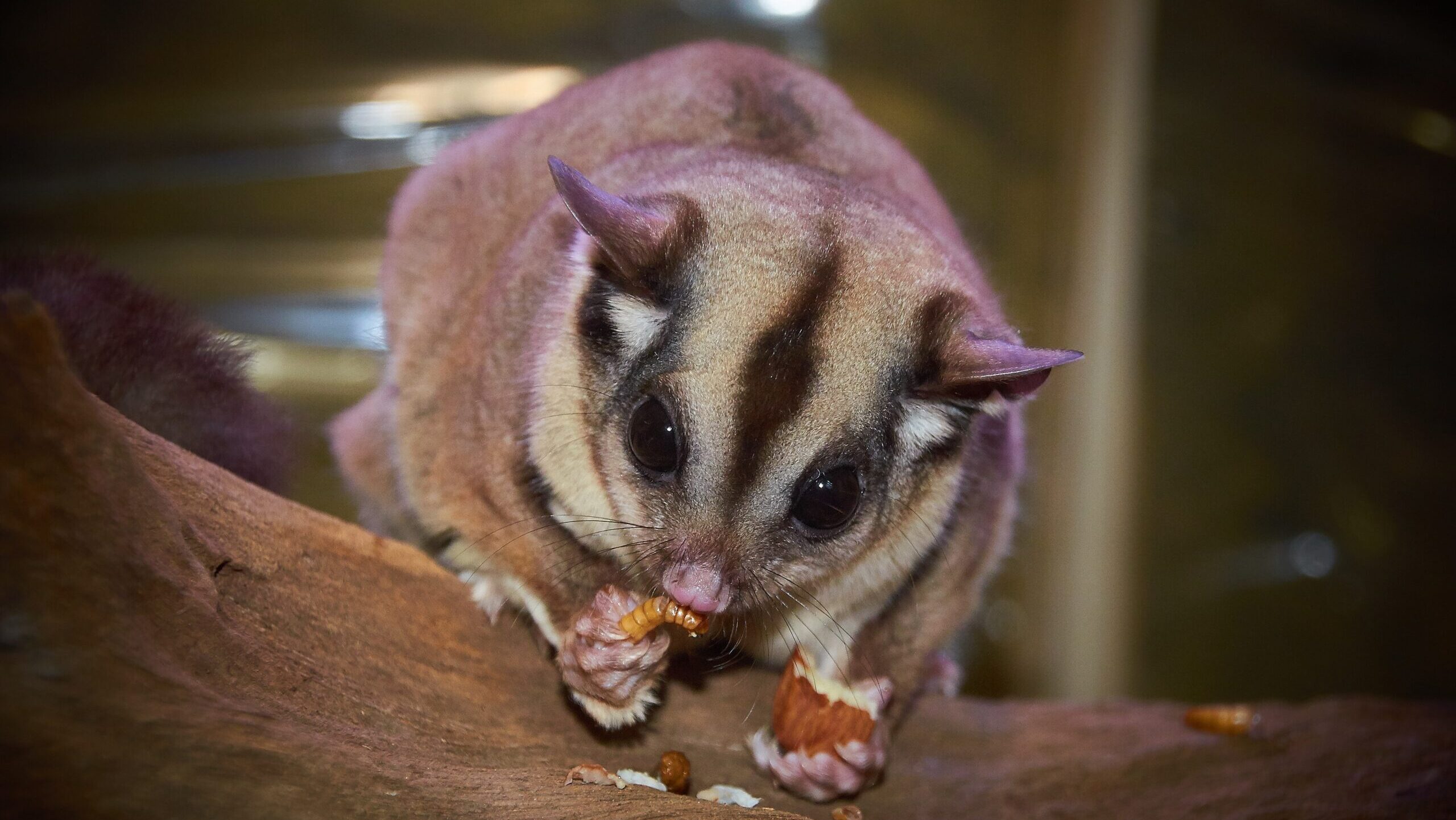
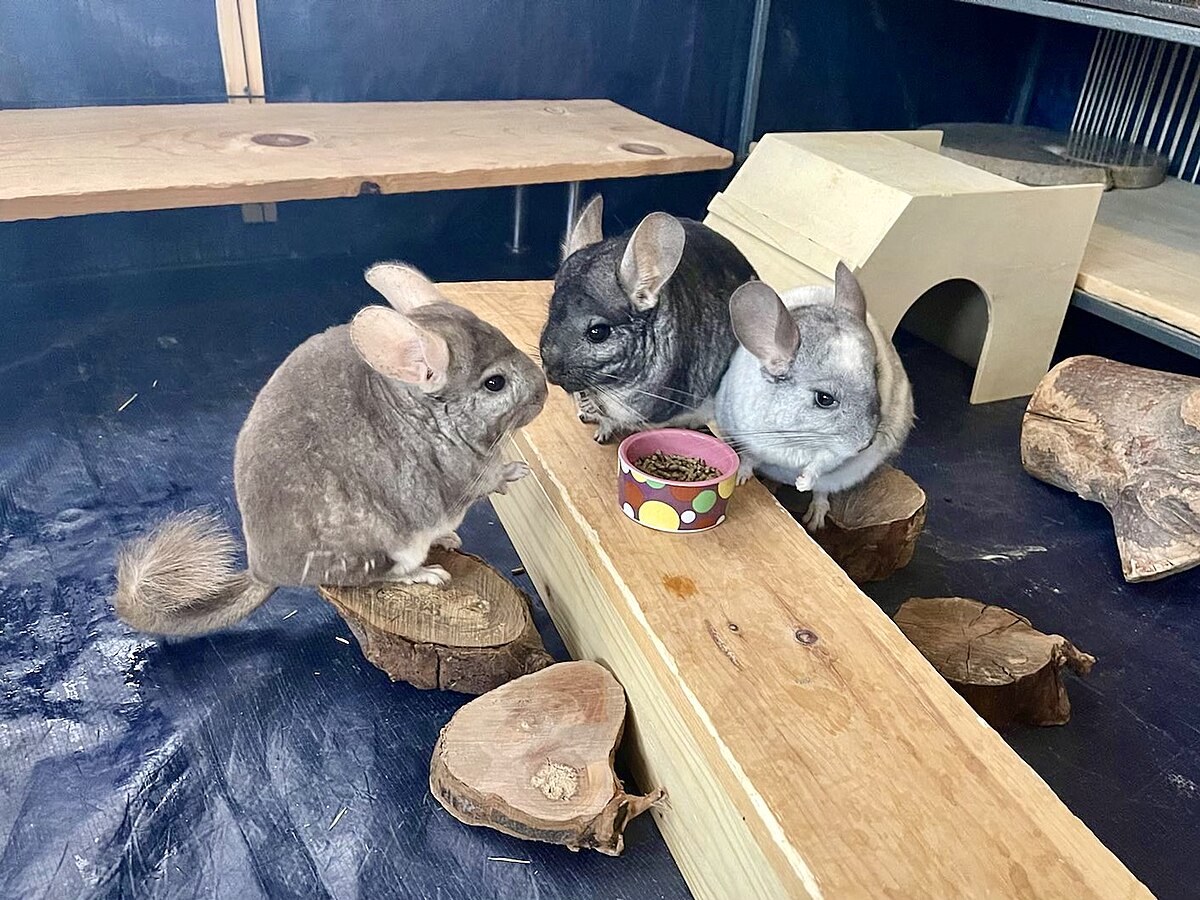
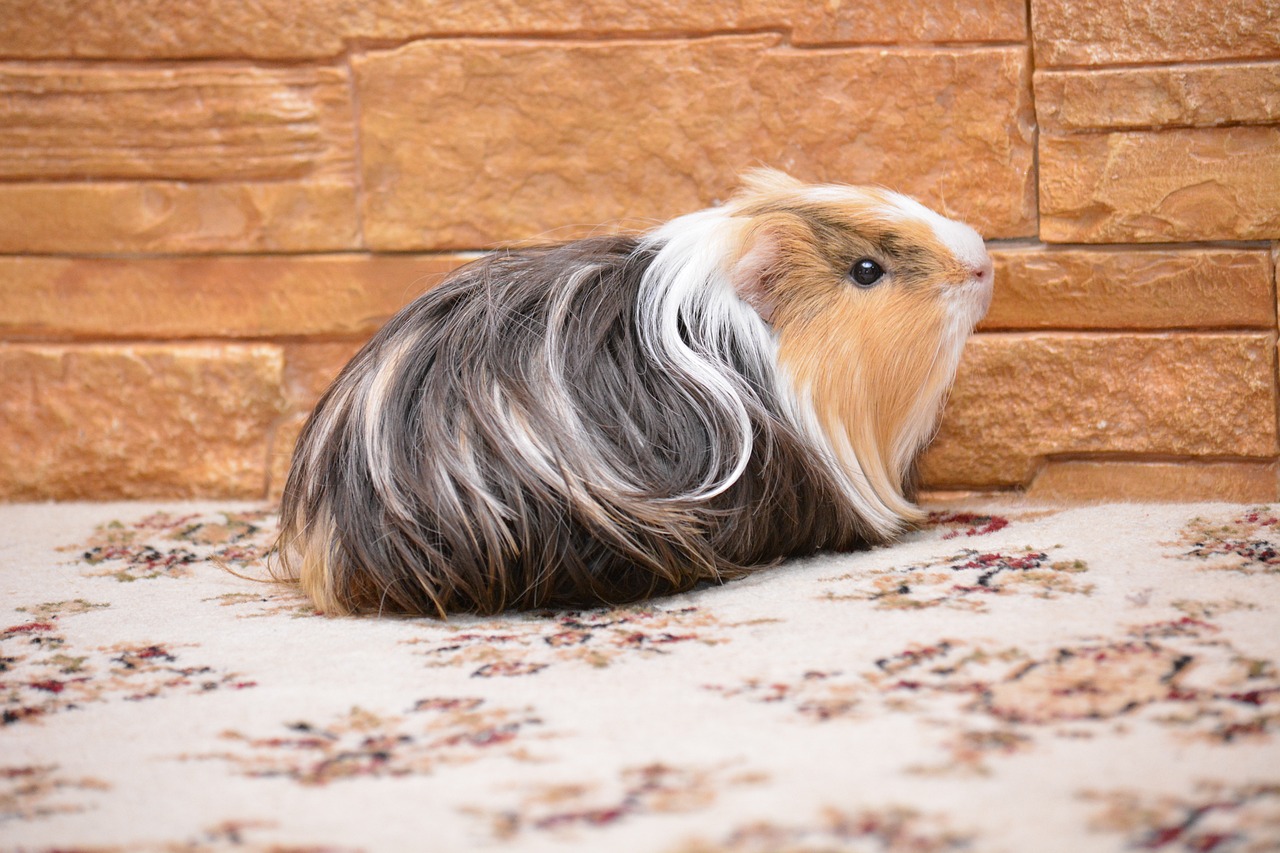

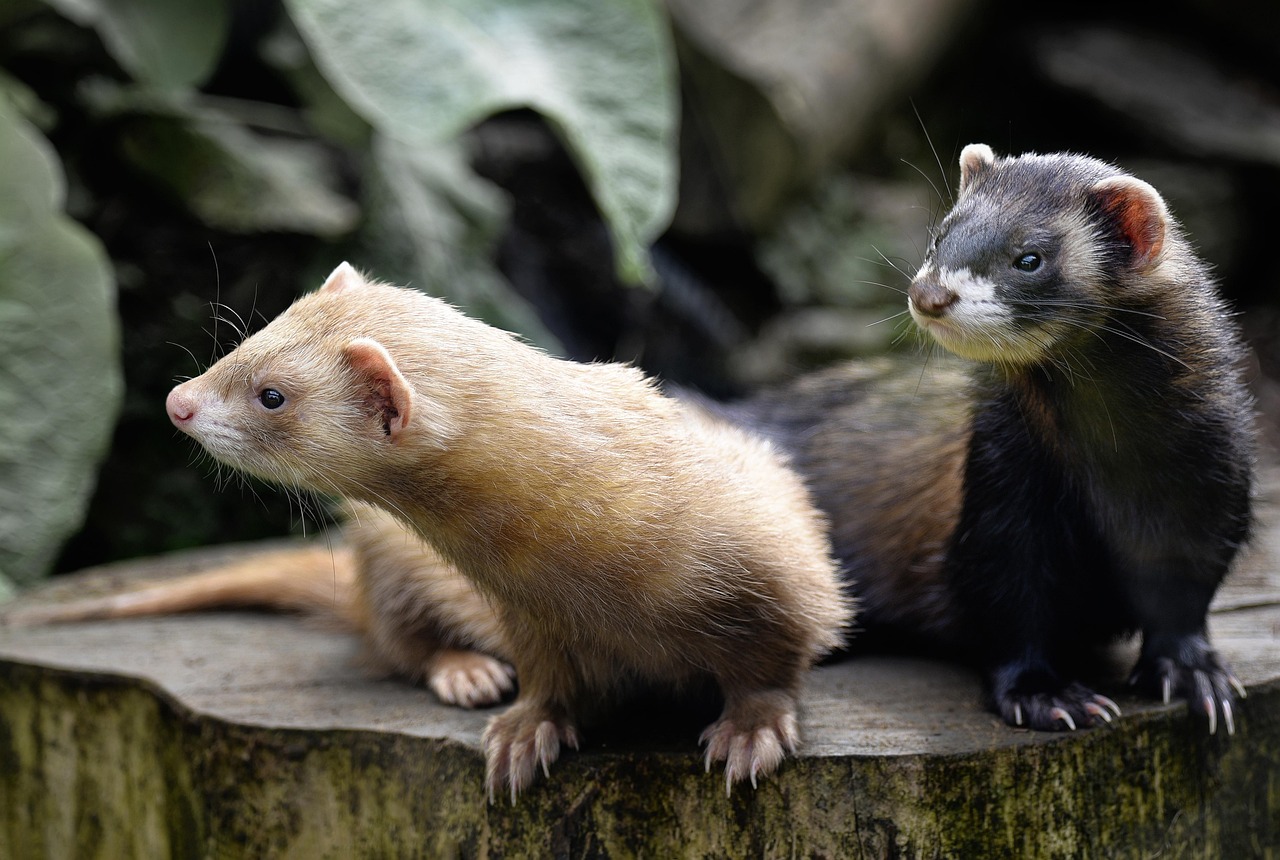
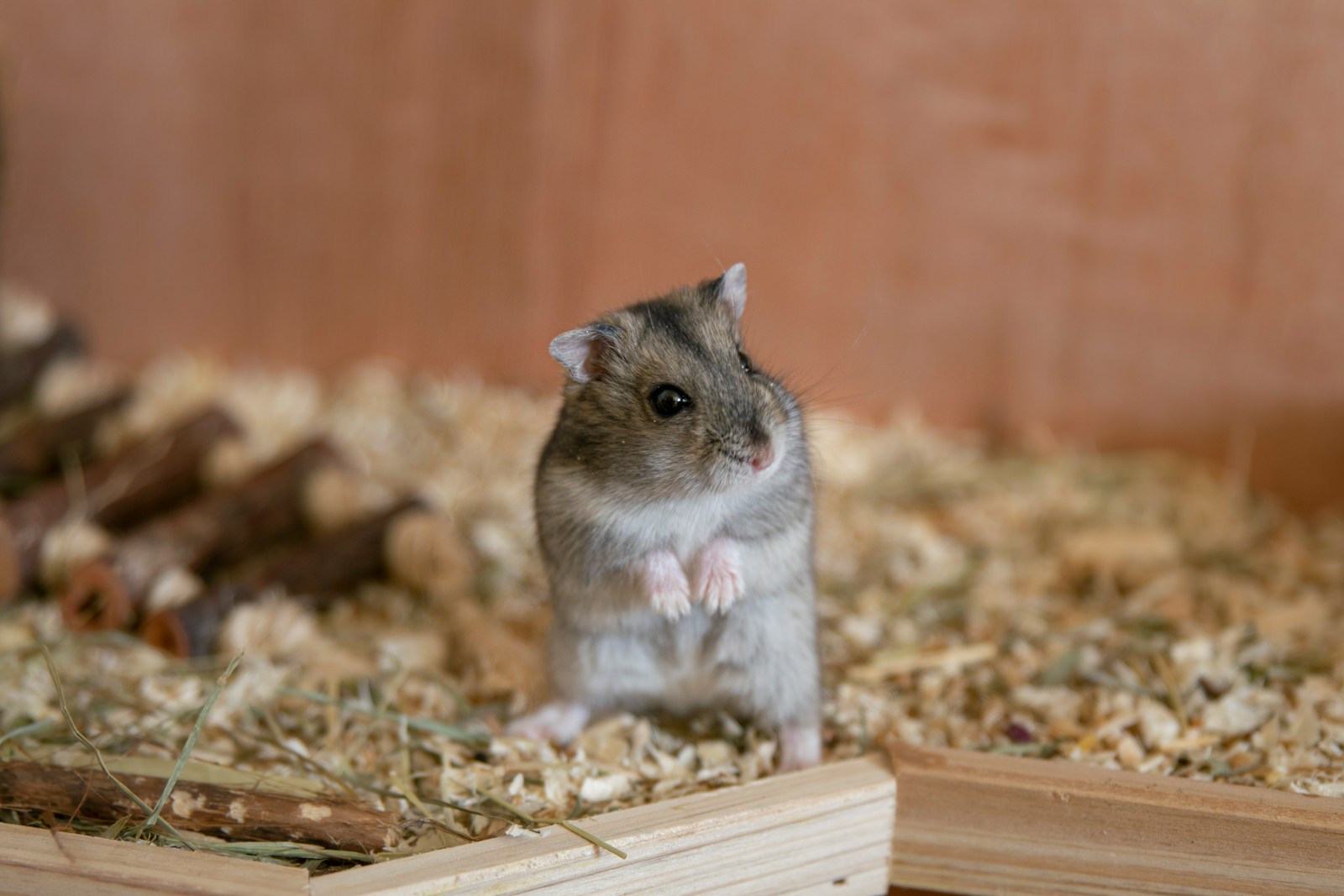

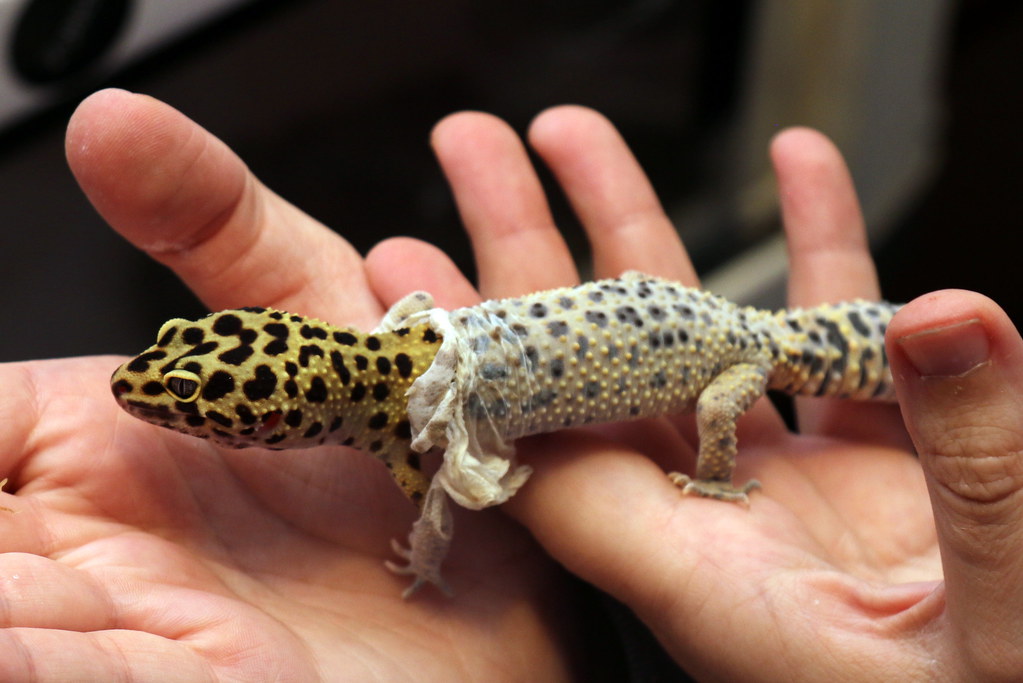




Leave a Reply